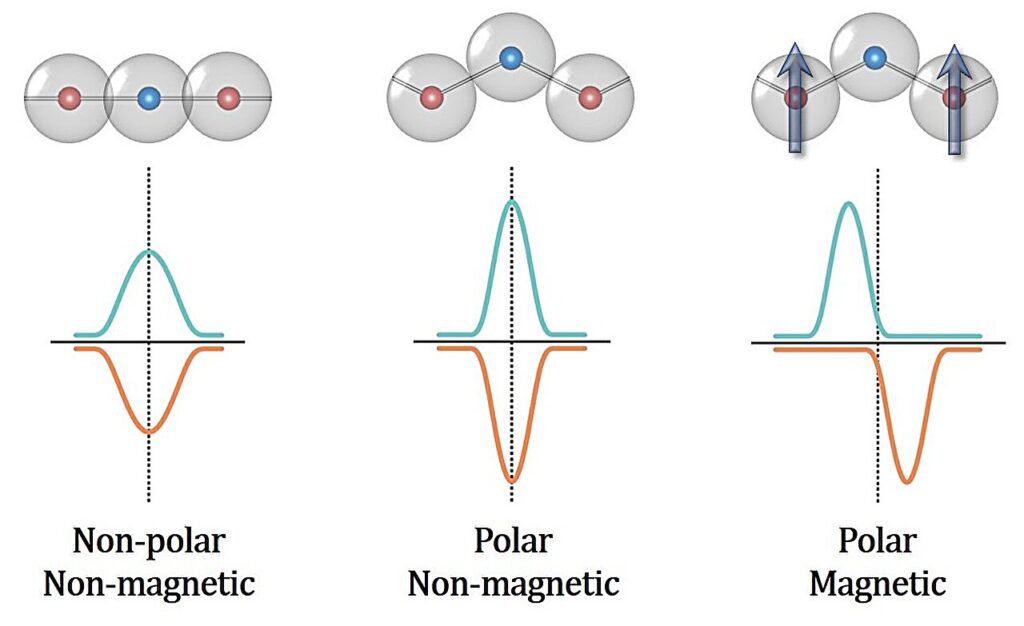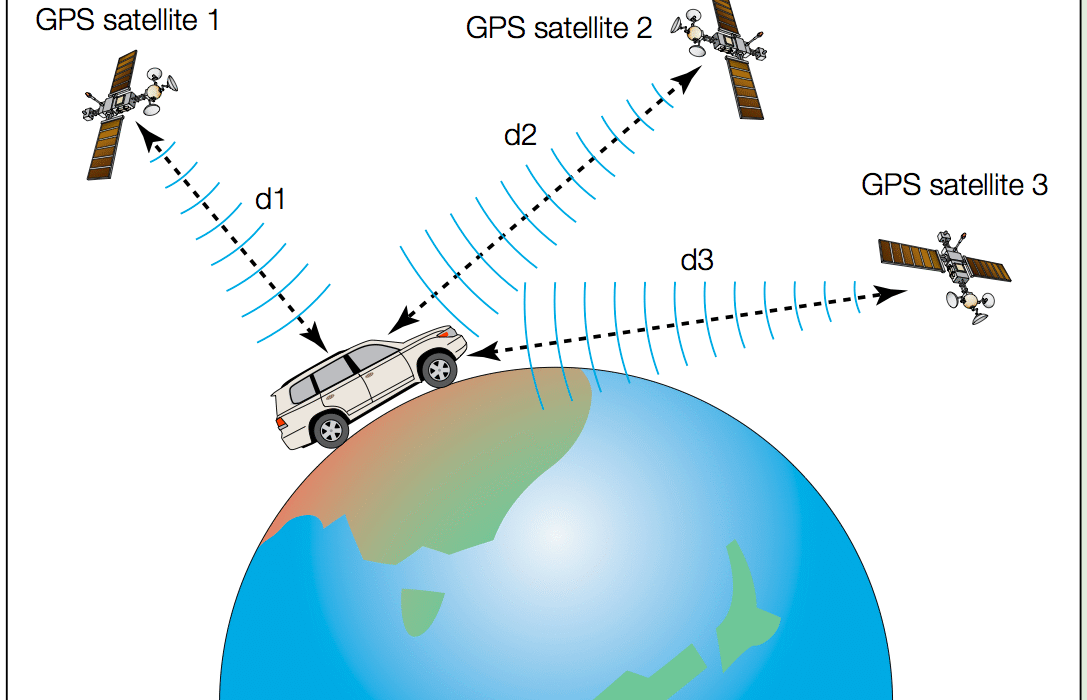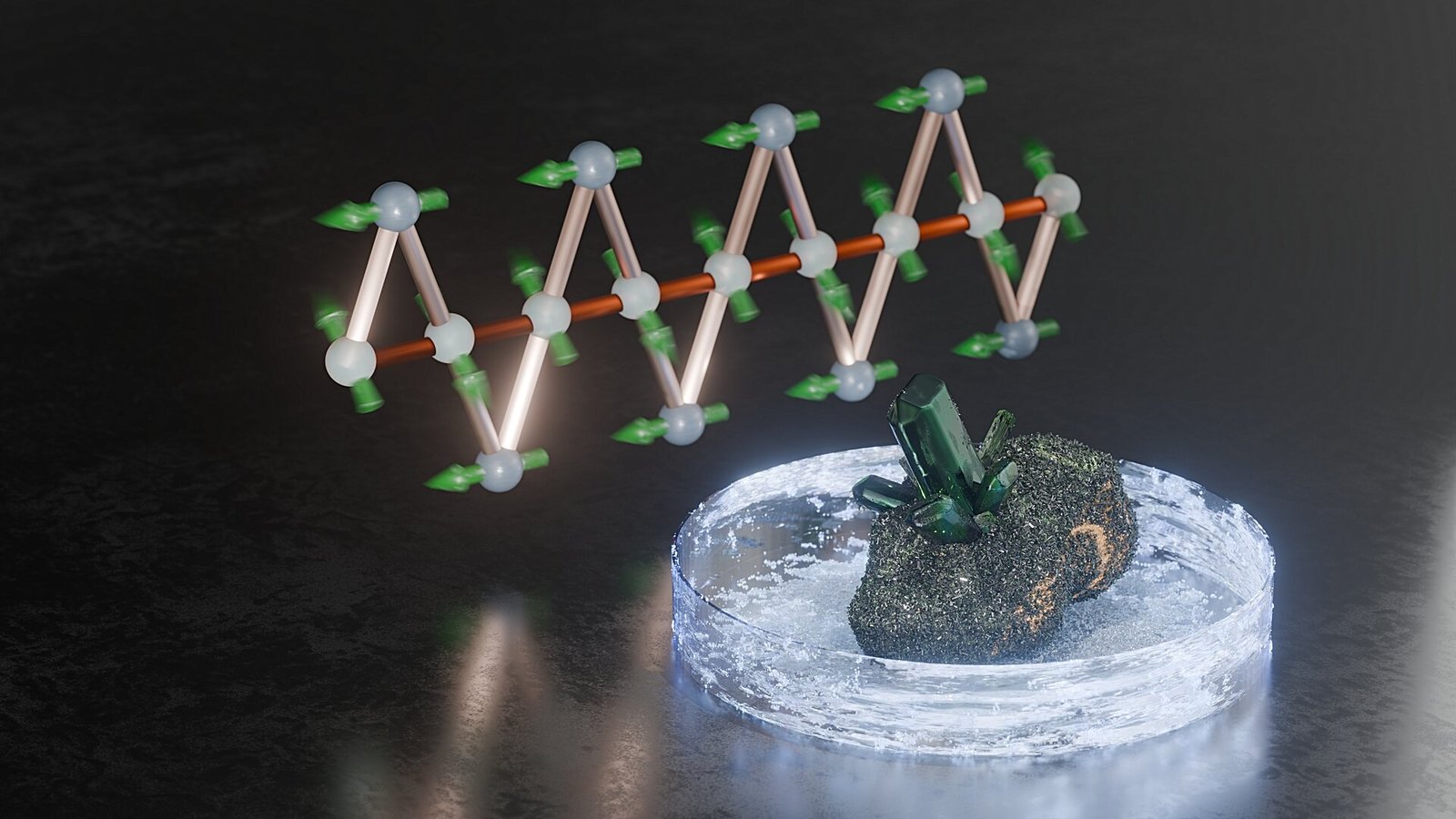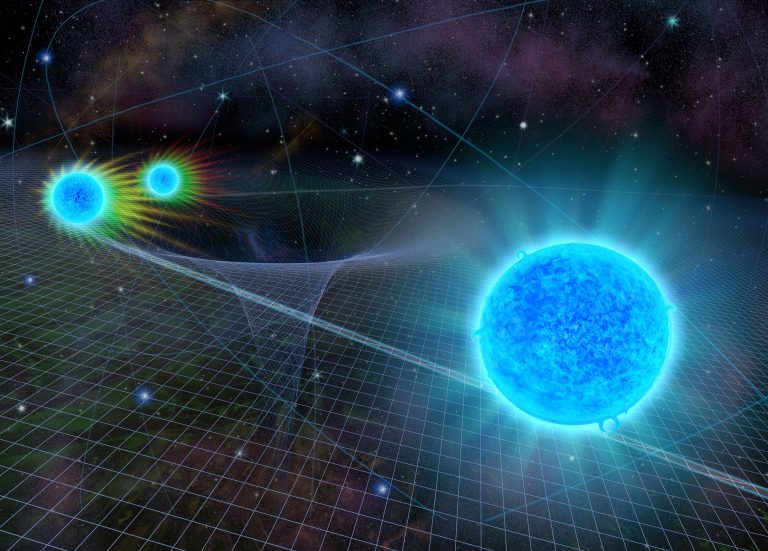Imagine a world where computers boot in an instant, data centers consume a fraction of today’s energy, and smartphones operate with speeds and storage capacities we can only dream of. These futuristic capabilities may no longer belong to science fiction, thanks to an emerging class of materials that fuse the electric and magnetic realms in ways nature rarely permits. These are multiferroics—quantum alchemists’ gold, where electricity and magnetism entwine to unlock new physics and revolutionary technologies.
Until recently, multiferroics were limited to two broad types. Now, physicists at Nanjing University of Science and Technology are rewriting that rulebook. They’ve proposed a bold new category: Type-III multiferroics, where magnetism is born not alongside or in response to electric polarization—but from it. The implications are profound, with potential applications spanning from energy-efficient memory to a new generation of quantum logic devices.
To understand why this discovery matters, we first need to unpack what makes multiferroics such rare and coveted entities—and how this new theoretical breakthrough could be the linchpin in realizing spintronics, the long-promised successor to traditional electronics.
Multiferroics: When Materials Defy Convention
Multiferroics are the unicorns of condensed matter physics. They exhibit two or more so-called “ferroic” properties in the same material—typically ferroelectricity and ferromagnetism. Ferroelectric materials possess a spontaneous electric polarization that can be flipped by an external electric field, while ferromagnetic materials exhibit spontaneous magnetization due to aligned electron spins, which can be reversed using a magnetic field.
What makes multiferroics extraordinary is their potential for cross-control: the ability to control magnetism using electricity and vice versa. This property, known as the magnetoelectric effect, promises a revolution in how we store and manipulate data. Unlike conventional electronics, which rely on the flow of electric charge, spintronics leverages the spin of electrons to represent information. Controlling spins with electric fields—especially in a non-volatile and energy-efficient way—is a long-sought technological Holy Grail.
However, most known multiferroics come with serious limitations.
Type-I and Type-II: The Known Species
Researchers have long classified multiferroics into two types based on how their electric and magnetic properties emerge and interact.
Type-I multiferroics are perhaps the more intuitive variety. In these materials, ferroelectricity and magnetism arise independently from different physical mechanisms. For example, ferroelectricity might originate from asymmetric ionic displacements in a crystal lattice, while magnetism arises from unpaired electrons in transition metal atoms. While these materials often have robust electric and magnetic ordering, their magnetoelectric coupling is weak. The electric and magnetic subsystems coexist, but they don’t talk to each other very well. This weak coupling limits their usefulness for real-world applications where electric fields need to precisely manipulate magnetic states.
Type-II multiferroics, by contrast, exhibit a much more intimate connection between magnetism and electric polarization. In this class, the ferroelectricity is a direct consequence of specific types of magnetic ordering, often arising from spiral spin structures that break inversion symmetry. The result is a strong magnetoelectric effect—but at a steep cost. These materials often exhibit very low electric polarization, making them impractical for real device architectures.
In short, Type-I multiferroics are powerful but disconnected, while Type-II are closely linked but feeble in their electric behavior. This paradox has left researchers in search of a third path—something that combines the best of both worlds.
The Type-III Paradigm: When Electricity Gives Birth to Magnetism
Enter Type-III multiferroics. In a theoretical tour de force, physicists led by Chengxi Huang and collaborators at Nanjing University of Science and Technology propose a radical inversion of the Type-II paradigm. Rather than magnetism driving electric polarization, they imagine the reverse: ferroelectricity driving magnetism.
This might sound like flipping a switch—but it’s more like rewriting the rules of the switch itself.
In Type-III multiferroics, the material’s crystal structure undergoes a ferroelectric distortion—a shift in ion positions that leads to spontaneous electric polarization. This structural change doesn’t just change the electric landscape. It also modifies the material’s electronic band structure in such a way that magnetic interactions are induced or significantly enhanced.

The key lies in a class of quantum mechanical interactions known as superexchange—a mechanism by which the spins of electrons on adjacent atoms interact via an intermediate non-magnetic atom, such as oxygen. In Type-III systems, ferroelectric distortions tweak these superexchange pathways, tipping the balance toward magnetic ordering. Thus, a purely electric switch can toggle magnetic states—unlocking enormous potential for low-power, high-efficiency memory devices.
Behind the Theory: A Computational Odyssey
To test their hypothesis, Huang and colleagues employed density functional theory (DFT)—a powerful quantum mechanical modeling technique that allows researchers to simulate the electronic structure of complex materials with extraordinary accuracy. Using DFT, they examined candidate materials and explored how electric polarization could influence magnetic properties at the atomic level.
Their calculations revealed that in certain crystal environments, ferroelectric distortions could turn on magnetism where none existed before, or amplify weak magnetic interactions to macroscopic levels. Importantly, these distortions also led to significant electric polarization, meaning the materials retained strong ferroelectric behavior while exhibiting magnetically ordered states.
In essence, the team had mapped out a new continent in the landscape of multiferroics—one where electric fields can forge magnetic order from scratch. Their results, published in Physical Review Letters, represent a compelling proof-of-concept. Now, the scientific community stands at the threshold of exploring this new terrain in earnest.
Why It Matters: Spintronics and the Post-Silicon Era
The implications of Type-III multiferroics extend far beyond theoretical elegance. They could help surmount some of the most pressing challenges in modern electronics.
As the miniaturization of silicon-based transistors approaches fundamental quantum limits, engineers are increasingly turning to alternative paradigms. Spintronics offers one of the most promising escape routes, using the spin state of electrons (up or down) rather than their charge to encode binary information. Spintronic devices are inherently faster, more durable, and more energy-efficient than traditional transistors.
However, widespread deployment of spintronics has been hampered by one critical bottleneck: the difficulty of controlling spin states using electric fields. Magnetic fields are bulky, energy-intensive, and difficult to localize. Electric fields, on the other hand, are easy to integrate into microelectronic circuits—but only if we have materials where electric polarization can directly influence magnetic ordering.
This is where Type-III multiferroics come into play. By enabling electric-field-driven magnetism, they open the door to non-volatile, electrically tunable spintronic devices that combine memory and logic in a single architecture. Such systems could vastly outperform current CMOS technology in terms of speed, size, and energy consumption.
Challenges and the Road Ahead
While the theory is promising, Huang and his team are the first to admit that experimental confirmation remains a steep hill to climb. One of the main challenges is the lack of known candidate materials that exhibit the precise combination of structural flexibility, electric polarization, and magnetic potential predicted by the theory.
To address this, the researchers are now embarking on a high-throughput computational campaign to screen thousands of materials for Type-III characteristics. By constructing a database of viable structures and properties, they aim to guide experimentalists in the search for real-world compounds that can embody this novel behavior.
Additionally, many fundamental questions remain. How do Type-III multiferroics behave under real-world conditions, such as varying temperatures and applied fields? What are the limits of their magnetoelectric coupling strength? Can they be synthesized with current material processing techniques? These questions will shape the next decade of research in the field.
Beyond Devices: A New Lens on Quantum Matter
Perhaps the most tantalizing aspect of Type-III multiferroics is not merely technological but conceptual. They represent a new way of understanding how order emerges in quantum systems.
In conventional solid-state physics, properties like magnetism and electric polarization are treated as largely separate phenomena. Type-III multiferroics force us to rethink that division. They hint at a deeper, more unified view of matter—one in which structural distortions, spin alignments, and electronic behavior are not separate levers but parts of a single, dynamic web.
This holistic perspective could ripple into other fields as well, including superconductivity, topological materials, and quantum computing. By revealing new routes to couple and control fundamental degrees of freedom, Type-III multiferroics may offer fresh insights into how quantum order and disorder cohabit the fabric of nature.
The Human Story: Curiosity, Creativity, and a Leap Beyond Limits
At its core, the story of Type-III multiferroics is a story of imagination unleashed by rigorous inquiry. It is a reminder that even in well-mapped scientific terrain, there are hidden valleys and unseen summits waiting to be discovered. It took a team willing to question assumptions, challenge orthodoxy, and run vast calculations to uncover a new class of quantum materials.
As we stand on the edge of what could become a technological renaissance in spintronics, we owe a nod to the deep curiosity that drives researchers like Huang and his collaborators. Their work exemplifies how science does not simply advance in linear steps, but often in bold conceptual leaps—leaps that shift our understanding of what materials can do, and what nature will allow.
Conclusion: Electrifying the Magnetic Future
Type-III multiferroics are more than a theoretical novelty. They represent a paradigm shift in material science—where ferroelectricity doesn’t just coexist with magnetism but gives rise to it. If confirmed experimentally, these materials could revolutionize how we build memory devices, process information, and design quantum architectures.
In the grand narrative of modern physics, this discovery could mark the dawn of a new chapter—one where the electric and magnetic domains finally converge not in compromise, but in synergy. The journey from hypothesis to hardware will be arduous, but the destination promises a world where electrons don’t just move—but spin, store, and compute with astonishing elegance.
As we continue to explore the frontiers of matter, multiferroics—especially those born of the Type-III variety—may help us turn the key to the next information age.
Reference: Jintao Jiang et al, Ferroelectricity-Driven Magnetism in a Metal Halide Monolayer, Physical Review Letters (2025). DOI: 10.1103/PhysRevLett.134.196801






